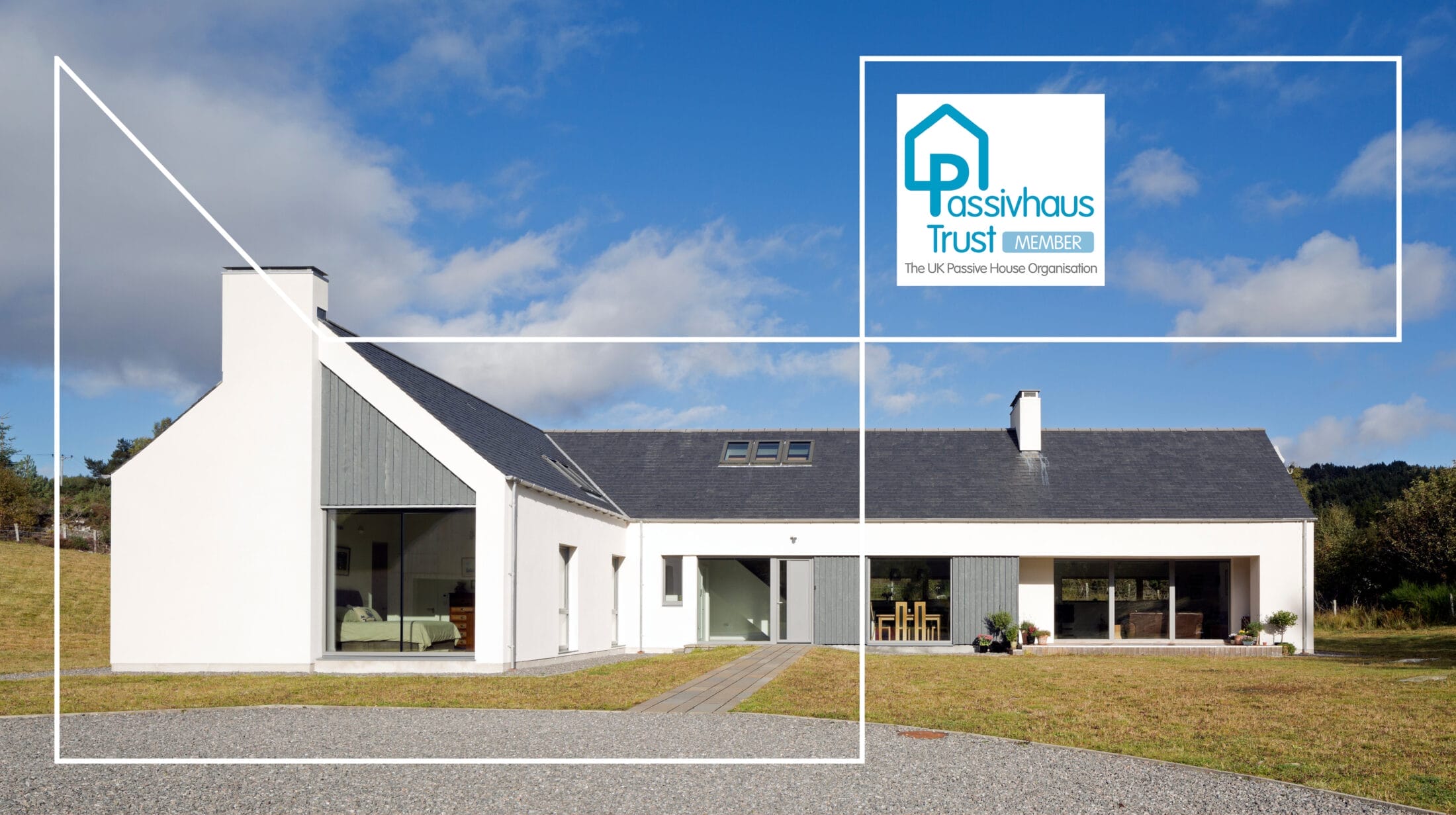
We’re driven by the desire to create a more sustainable built environment for future generations and have recently committed to ensure everything we design by 2025 will meet the RIBA 2030 Sustainable Outcomes.
As a practice we’re keen to ensure we are taking responsibility to create places that significantly reduce the impact on the world. Part of this commitment includes becoming corporate members of the Passivhaus Trust, an independent, non-profit organisation that provides leadership in the UK for the adoption of the Passivhaus standard and methodology. We’re investing in the skills and development of our team and by the end of this year we hope to have six fully qualified Certified Passivhaus Designers.
Passivhaus is the leading international low energy, design standard. Over 65,000 buildings have been designed, built and tested to this standard worldwide. To date we have delivered four buildings to the Passivhaus standard with six projects in the design phase and a growing demand from clients for Passivhaus buildings.
Our award winning Tigh na Croit project delivered a low energy and comfortable dwelling in the Scottish Highlands, sensitive to its context and demonstrating that Passivhaus buildings can be beautiful pieces of architecture.
Our application of the standard has progressed from dwelling houses to now work on a number of primary, secondary and SEN schools, and a really exciting large-scale University project which could become the largest Passivhaus project in the UK.
We believe the most cost effective way to apply the Passivhaus standard is to have it embedded in the project brief from the outset, ensuring the project team understand the principles and working collaboratively to refine and optimise design proposals. We use the Passive House Planning Package (PHPP) as a design tool supported by a wider suite of modelling tools including parametric modelling where we can quickly test hundreds of options for things like façade and window design.
Passivhaus is a proven methodology to provide excellent levels of indoor air quality and thermal comfort for occupants as well as reducing energy use and carbon emissions from buildings. By applying the Passivhaus Standard on buildings we can achieve the Sustainable Outcomes for Operational Energy and Health and Wellbeing as part of our journey towards zero carbon buildings.
The robust and rigorous process associated with the design, delivery and certification of Passivhaus Buildings has been proven to remove the ‘Performance Gap’ currently experienced by many buildings in the UK.


